Let's Start Something Great!
Call Us 24/7
+91 9344940474

In the ever-evolving digital landscape, Blockchain technology stands out as a groundbreaking innovation, redefining the way we establish trust, transparency, and security in various industries. At Fues Technology Solutions, we specialize in harnessing the power of Blockchain to create decentralized, tamper-proof systems that bring about transformative changes.
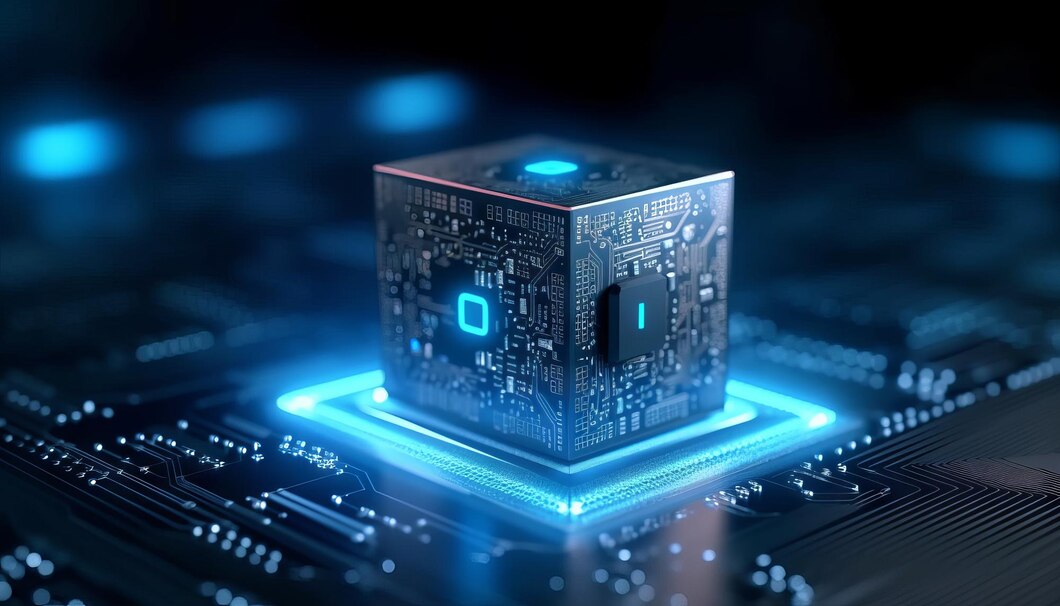
Let's Start the Conversation
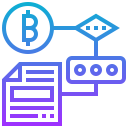
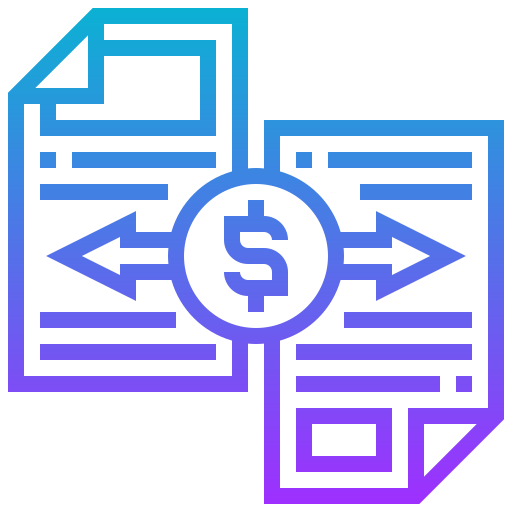
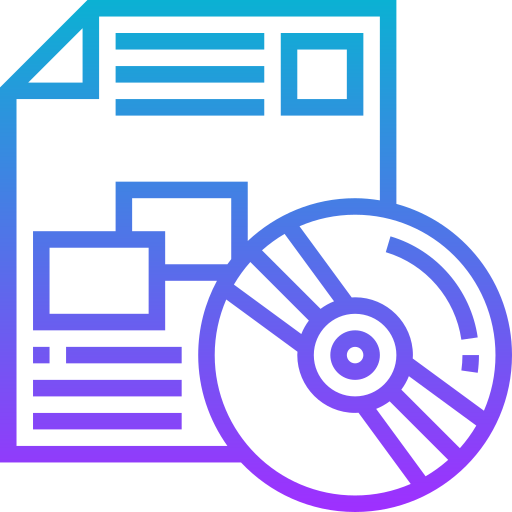
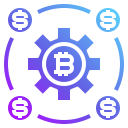
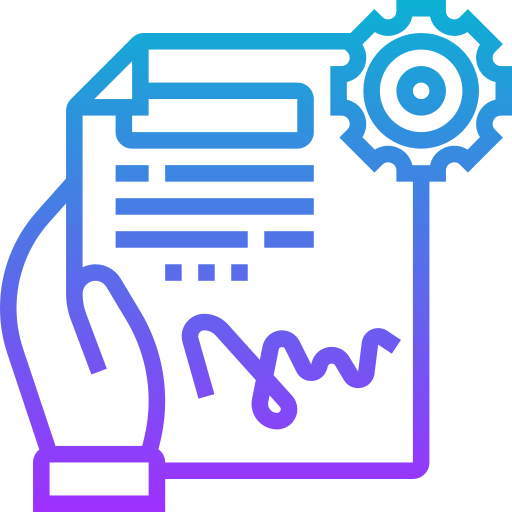
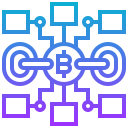
Our commitment to your success extends beyond the implementation phase. We provide ongoing support, ensuring that your Blockchain solutions remain secure, efficient, and aligned with your evolving business objectives. Choose Fues Technology Solutions for a transformative journey into the world of Blockchain technology, where trust, transparency, and innovation converge.